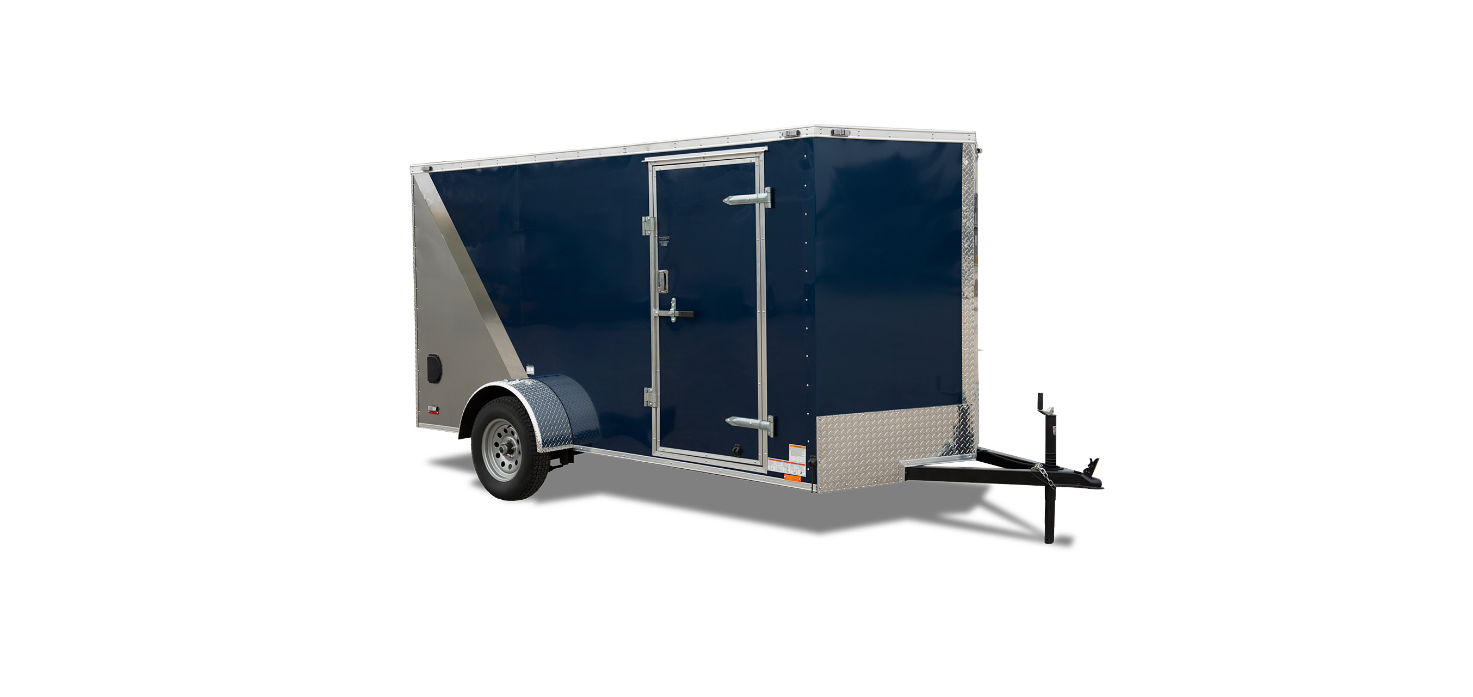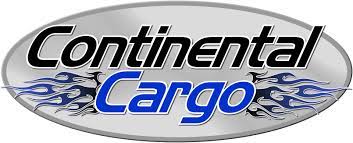Finding Your Vehicle’s Recommended Tire Pressure and Load Limits
The tire information and vehicle certification labels contain information on tires and load limits. These labels indicate the vehicle manufacturer’s information including:
- Recommended tire size
- Recommended tire inflation pressure
- Gross Vehicle Weight Rating (GVWR – the maximum occupant and cargo weight a vehicle is designed to carry.)
- Front and rear gross axle weight ratings (GAWR – the maximum permissible weight, including cargo, fluids, optional equipment and accessories that can be safely supported by each axle.)
Understanding Tire Pressure and Load Limits
- Tire inflation pressure is the level of the air in the tire that provides it with load-carrying capacity and affects the overall performance of the vehicle. The tire inflation pressure is a number that indicates the amount of air pressure, measured in pounds per square inch (psi), a tire requires to be properly inflated. (This number is also expressed in kilopascals (kPa) which is a metric measuring system used internationally.)
- Vehicle manufacturers determine this number based on the vehicle’s design load limit, which is the greatest amount of weight a vehicle can safely carry and the vehicle’s tire size. The proper tire pressure for your vehicle is referred to as the ‘recommended cold inflation pressure’. Tire pressure should always be measured when the tire is cold to get an accurate measurement. A cold tire is one that hasn’t been driven on for at least three (3) hours. As you drive, your tires get warmer, causing the air pressure within the tire to increase. Therefore, you cannot get an accurate measurement of tire pressure unless the tire is cold.
- Because tires are designed to be used on more than one type of vehicle, tire manufacturers list the ‘maximum permissible inflation pressure’ on the sidewall. This number is the greatest amount of air pressure that should ever be put in the tire under normal driving conditions.
Checking Tire Pressure
It is important to check your vehicle’s tire pressure at least once a month for the following reasons:
- Most tires naturally lose air pressure over time.
- Tires can lose air suddenly if you drive over a pothole or strike the curb when parking.
- With radial tires, it is usually not possible to determine under inflation by visual inspection.
For convenience, purchase a tire pressure gauge to keep in your vehicle. Gauges can be purchased at tire dealerships, auto supply stores, and other retail outlets.
The recommended tire inflation pressure that vehicle manufacturers provide reflects the proper psi when the tire is cold. The term ‘cold’ does not relate to the outside temperature. Rather, a cold tire is one that has not been driven on for at least three hours. When you drive, your tires get warmer, causing the air pressure within them to increase. Therefore, to get an accurate tire pressure reading, you must measure tire pressure when the tires are cold or compensate for the extra pressure in warm tires.
Steps for Maintaining Proper Tire Pressure
- Step 1: Locate the recommended tire pressure on the vehicle’s tire information placard, certification label, or in the Owner’s Manual.
- Step 2: Record the tire pressure of all tires.
- Step 3: If the tire pressure is too high in any of the tires, slowly release air by gently pressing on the tire valve stem with the edge of your tire gauge until you get to the correct pressure.
- Step 4: If the tire pressure is too low, note the difference between the measured tire pressure and the correct tire pressure. These “missing” pounds of pressure are what you will need to add.
- Step 5: At a service station, add the missing pounds of air pressure to each tire that is under-inflated.
- Step 6: Check all the tires to make sure they have the same air pressure (except in cases in which the front and rear tires are supposed to have different amounts of pressure).
If you have been driving your vehicle and think that a tire is under-inflated, fill it to the recommended cold inflation pressure indicated on your vehicle’s tire information placard or certification label. While your tire may still be slightly under-inflated due to the extra pounds of pressure in the warm tire, it is safer to drive with air pressure that is slightly lower than the vehicle manufacturer’s recommended cold inflation pressure than to drive with a significantly under-inflated tire. Since this is a temporary fix, don’t forget to recheck and adjust the tire’s pressure when you can obtain a cold reading.
Tire Size
To maintain tire safety, purchase new tires that are the same size as the vehicle’s original tires or another size recommended by the manufacturer. Look at the tire information placard, the Owner’s Manual, or the sidewall of the tire you are replacing to find this information. If you have doubt about the correct size to choose, consult with the tire dealer.
Tire Tread
The tire tread provides the gripping action and traction that prevent your vehicle from slipping or sliding especially when the road is wet or icy. In general, tires are not safe and should be replaced when the tread is worn down to 1/16 of an inch. Tires have built in tread wear indicators that let you know when it is time to replace your tires. These indicators are raised sections spaced intermittently in the bottom of the tread grooves. When they appear “even” with the outside of the tread, it is time to replace your tires. Another method for checking tread depth is to place a penny in the tread with Lincoln’s head upside down facing you. If you can see the top of Lincoln’s head, you are ready for new tires.
Tire Repair
The proper repair of a punctured tire requires a plug for the hole and a patch for the area inside the tire that surrounds the puncture hole. Punctures through the tread can be repaired if they are not too large, but punctures to the sidewall should not be repaired. Tires must be removed from the rim to be properly inspected before being plugged and patched.





